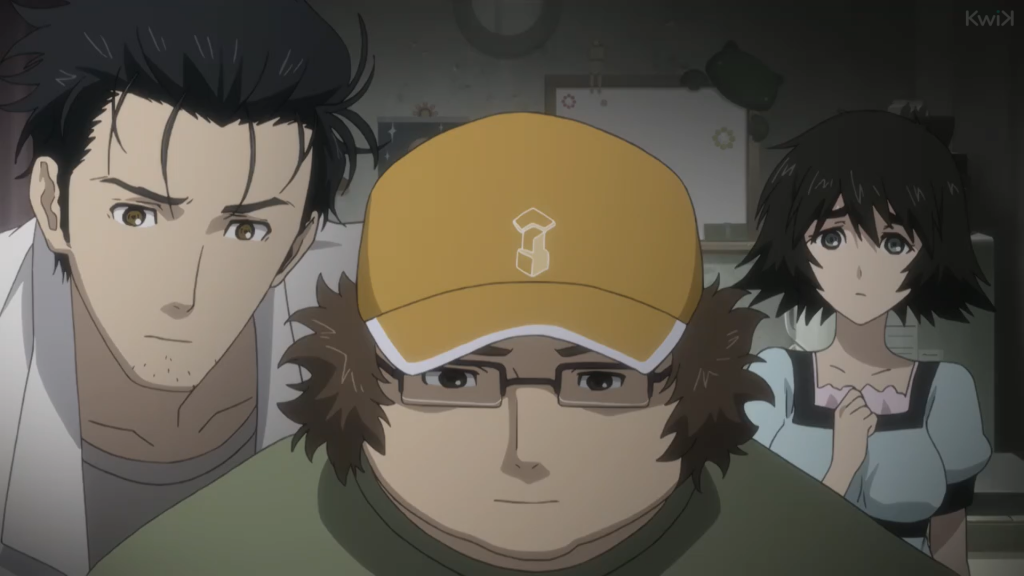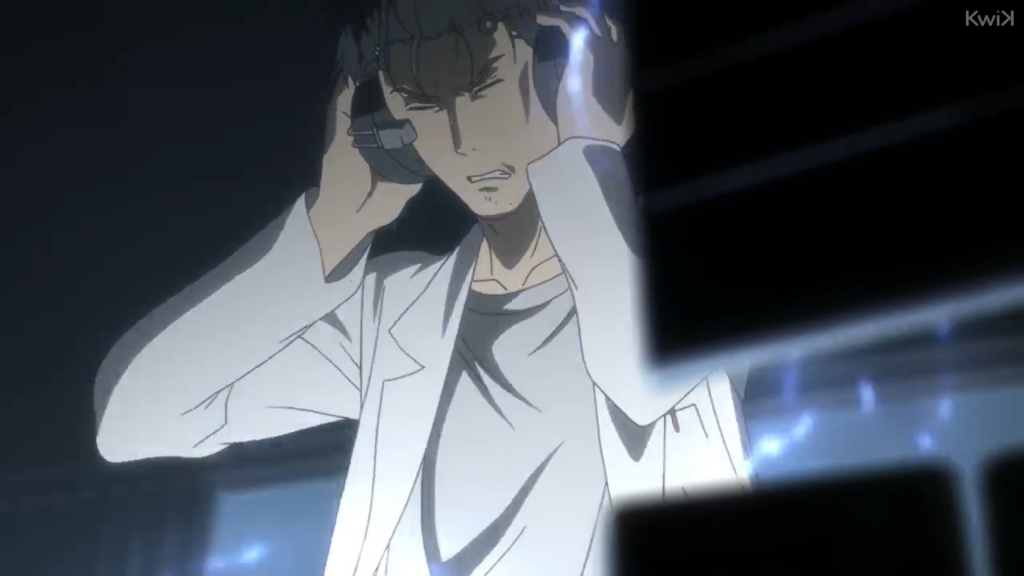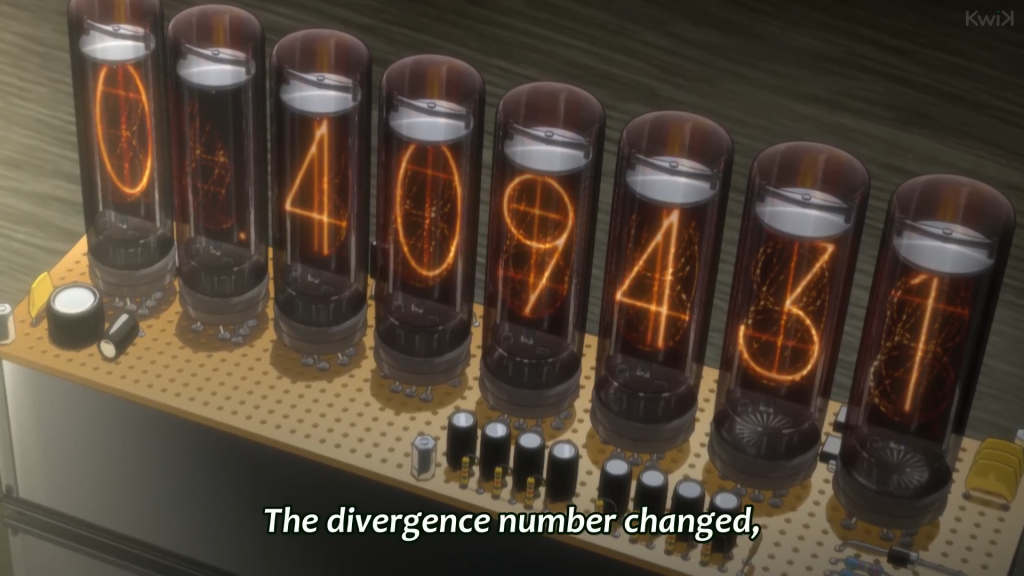Why Steins; Gate is a Masterpiece
Sai Karthik
May 25, 20218 min read
Note: the post contains spoilers about Steins; Gate Anime. You can find the synopsis of Steins; Gate here.
“No one knows what the future holds. That’s why its potential is infinite.” - Okabe Rintarou
My weeb friends Siddharth and Shyam wanted me to watch Steins Gate badly. In the midst of a bunch of things happening at college, they nagged me persistently, geez.
So I decided to give it a shot, and the result: A series with Code Geass-Esque grandeur and strong writing that blew me away, a totally wholesome experience. I awarded 10/10 to an anime after a really long time (A simple metric for me for awarding a perfect score in MAL is if I feel empty after an anime is over xD). The subject of time travel is no stranger to the world of anime, so it takes a lot of work to make a time travel story stand out. For Steins; Gate, that hard work paid off.
The anime has an approximate run time of 24 episodes * 20 minutes each (excluding intro and outro time) which is 480 minutes in total. Steins; Gate also features only 8 leading characters and 4 recurring side characters. Comparing other TV series like Dark and Agents of SHIELD, which have a significantly higher runtime, greater number of lead cast members (and a significantly higher budget as is the case with most TV series, but that's a discussion for another day), Steins Gate writers do an incredible job to take up the complex concept of time and infuse it with a fictional storyline.
Dissecting the greatness of Steins Gate
The anime is literally a tale of 2 halves: pre episode 12 and post episode 12.
Pre episode 12

Steins Gate does take its time to take off. But it is all a lead-up to the events that transpire in episode 12 (the first instance when SERN attacks the lab and the SERN squad kills Mayuri. That scene was painful, to say the very least). It definitely did not match the brilliance and the pace that the latter half of the show had, but was very much enjoyable. The characters being silly and pulling each other's legs add an interesting flavor. To quote an example, establishing Okabe's craziness about his desire to take down the fictitious villain at the start of the series makes the incidents in the latter half of the anime much more convincing.
But, this set of 12 episodes could easily disinterest a first-time watcher, and I believe the same objective of establishing characters and their mannerisms could have been achieved in 2-3 fewer episodes. Nevertheless, sticking through this is absolutely worth it (in case you did not like it).
Post episode 12
Okabe's pain of losing Mayuri is the root cause of the time loop undoing itself. What started out as a fun experiment (the so-called D-Mails) had to be undone to prevent Mayuri's death. A risky punt was taken in the form of Okabe time leaping himself 48 hours into the past, to change factors that cause Mayuri's death.
What follows is a fascinating (somewhat complex) plot, which manages to blow your mind each episode. Steins; Gate is not just your generic time-traveling show; the plot is executed perfectly. Hardly ever before have I encountered such a well-thought-through plot as featured in Steins; Gate. The show features several jumps in time but still manages to keep the viewers’ attention without confusing them. The pace present in Steins; Gate lacks either – in fact, from episode 9 onwards, the show holds a perfect pace. This half of the anime emphasizes a lot more on the cause-effect relationship of time travel. But the writers handle this part unlike in any other show.
The Concept of Time
Most shows handle the concept of time in a very, very complex way. Furthermore, most time-travel-based plots do not explain the series of events in chronological order, which can make things confusing.
This is where Steins; Gate stands apart, for a couple of reasons:
Time-leap
The concept of time travel is explained through a new ideology called time leap. In the limited number of time travel-based shows that I have seen, all of them usually transport humans from one time to another, suddenly making humans disappear from the one-time frame and quickly jump into another. But this is tricky as the way in which they are transported is never explained.
And the anime points to this exact shortcoming. Experiments conducted by both Future lab and the SERN did transport particles, but the end result was a total failure, as the objects transported through the black hole got compressed and transformed into a Jelly-like substance.
Enter Kurisu Makise. Through the knowledge she gained over the years, she comes up with a new concept called time leap, in which humans do not transport from one timeframe to another, but rather the existing memories of the person in the present are encoded into 36 bits (the limit of the IBM 5100 computer) and transferred to the person in the past. Thereby, the person in the past has the memory from the future and effectively can alter the future based on the current actions.

Okabe time leaping into the past for the first time
Simple, yet absolutely brilliant, isn't it? I was blown away by how the writers managed to find a simple workaround to this complex concept. This made the anime far more exciting as it could focus more on the cause-effect relationship of time.
(Although this was painful for Okabe. He had to time leap hundreds of times and watch Mayuri die in virtually all of them 😢)
World Lines
This is a concept that is rarely touched upon by shows and movies in pop culture. This is a direct consequence of the cause-effect relationship: every time an action was altered through the time leap or D-mail (a simple text message to the person in the past), it created new realities, one where the action occurred, and one where it did not. This is referred to as world lines. With the goal of the latter half of the anime to get to the beta line (where the divergence meter crosses 1), this concept takes the center stage as Okabe tried to undo all of the past alterations that happened via D-mails.

Divergence meter as shown in the anime
The concept of world lines also becomes interesting as it shows different shades of characters in different world lines (Not a major factor, but it still does contribute to the anime, because essentially every time Okabe time leaped, the frame of reference changed and the characters were reset to a different circumstance).
Shortcomings and Conclusion
There are not many shortcomings that I can think of, but if there were a couple of things that could have been done better, it would have been to explain:
- What happens in previous world lines after Okabe leaps to another world line?
- How do Luka, Faris, Kurisu, and Mayushi obtain the powers of reading Steiner (at least partially, as the former 3 remember bits and pieces of incidents from different world lines, while the latter sees the incidents from different world lines as nightmares in her sleep)?
But piece by piece, the mystery of the events that happen is unveiled, working towards a fantastic and satisfying ending (which is very rare, especially for a show with such a complex plot).
Story- and plot-wise, Steins; Gate is pretty much an unprecedented piece of art, and I think it might stay so for a while.
Signing off. El Psy Congroo.
Rating - 10/10